In 390 BC, Marcus Furius Camillus returned from exile to drive out the Gauls and save Rome—restoring hope to a shattered city and redefining Roman heroism for centuries.
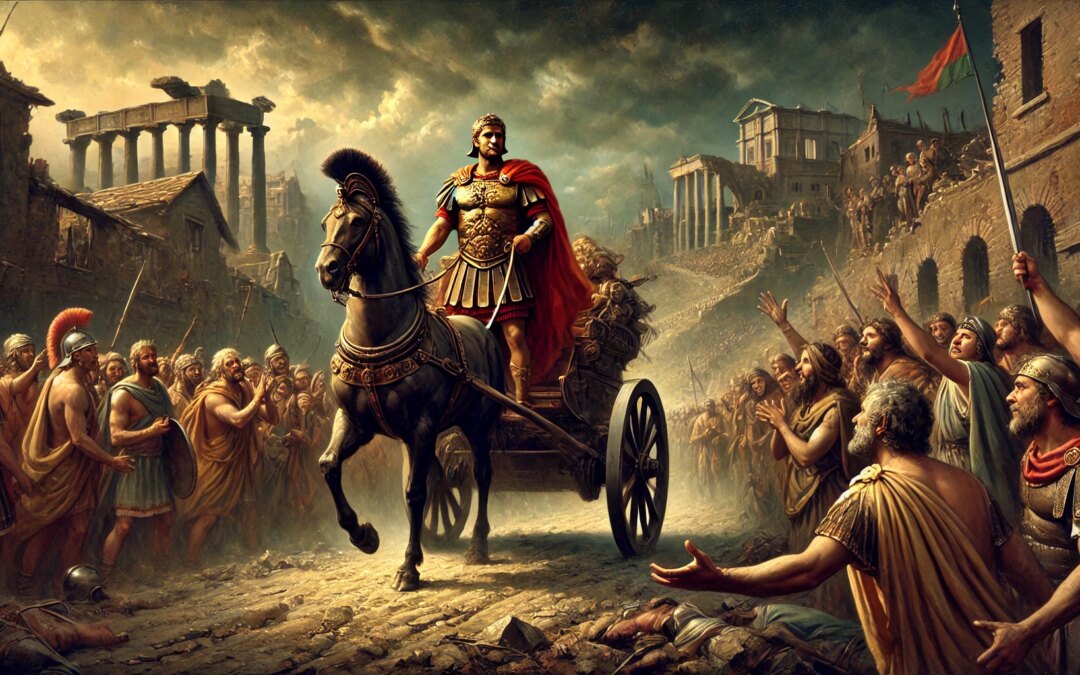

In 390 BC, Marcus Furius Camillus returned from exile to drive out the Gauls and save Rome—restoring hope to a shattered city and redefining Roman heroism for centuries.

In 64 AD, the Great Fire of Rome devastated the capital, and Emperor Nero’s role remains one of history’s most debated episodes. Was he a villain, visionary, or victim of legend?
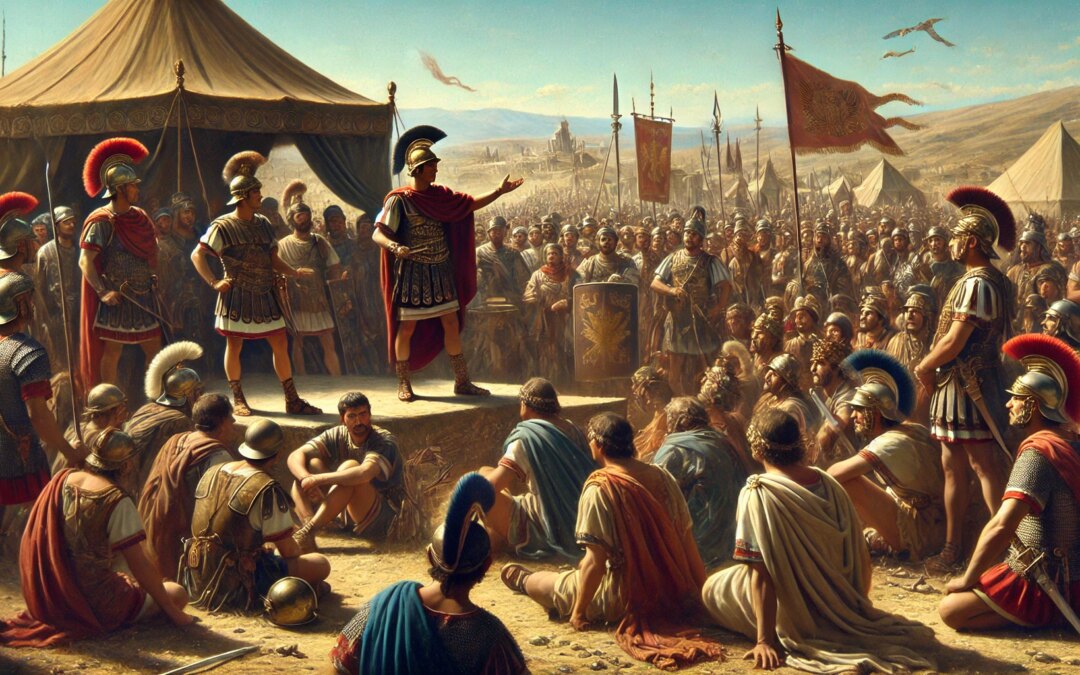
Discover how Gaius Marius’ military reforms in 107 BC revolutionized the Roman army, transforming Rome’s military power and setting the stage for future empires.

Explore the dramatic end of the Third Punic War in 146 BC, when Rome destroyed Carthage, securing dominance over the Mediterranean and reshaping history.
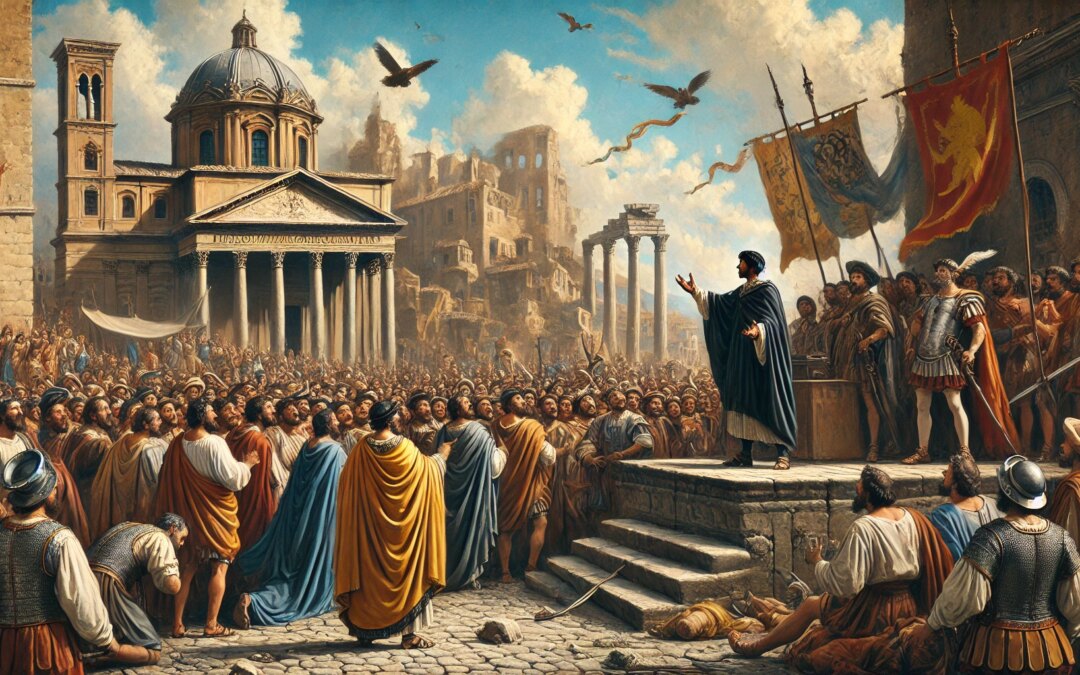
Explore the dramatic rise of Cola di Rienzo in 1347, when he was elected Tribune of Rome, aiming to revive the city’s ancient republican glory amid medieval chaos.
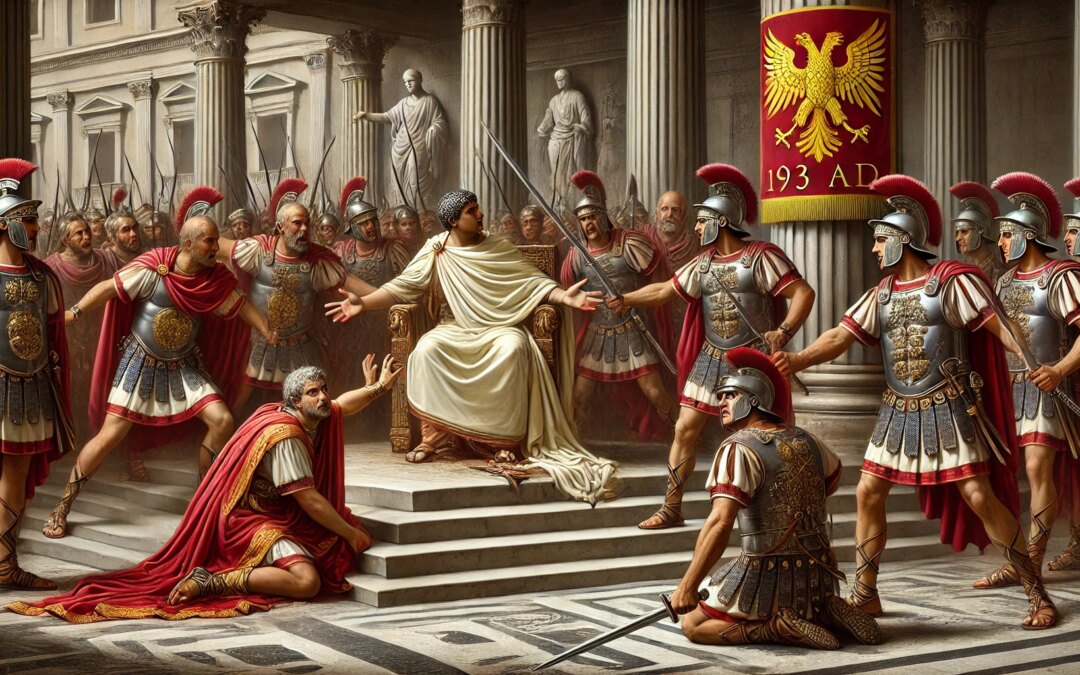
In 193 AD, Emperor Pertinax was assassinated by the Praetorian Guard—an event that exposed the fragility of imperial power in Rome.
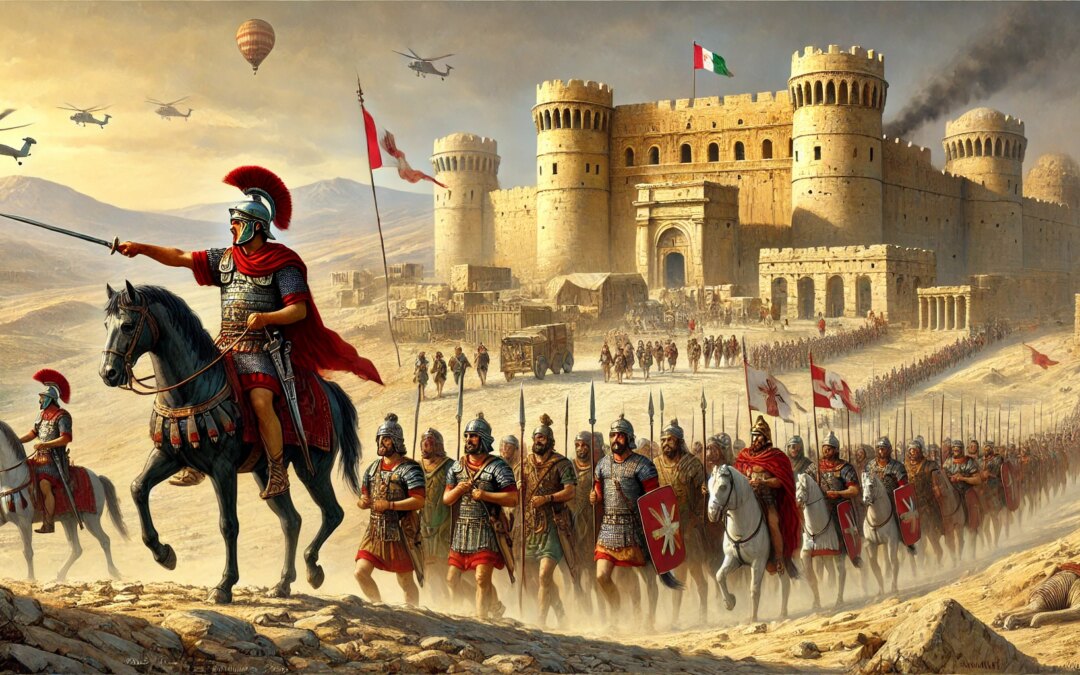
In 273 AD, Emperor Aurelian recaptured Palmyra, ending Zenobia’s rebellion and reuniting the fractured Roman Empire through decisive military power.

In 193 AD, Emperor Pertinax was assassinated by the Praetorian Guard after a brief rule, triggering the infamous Year of the Five Emperors.
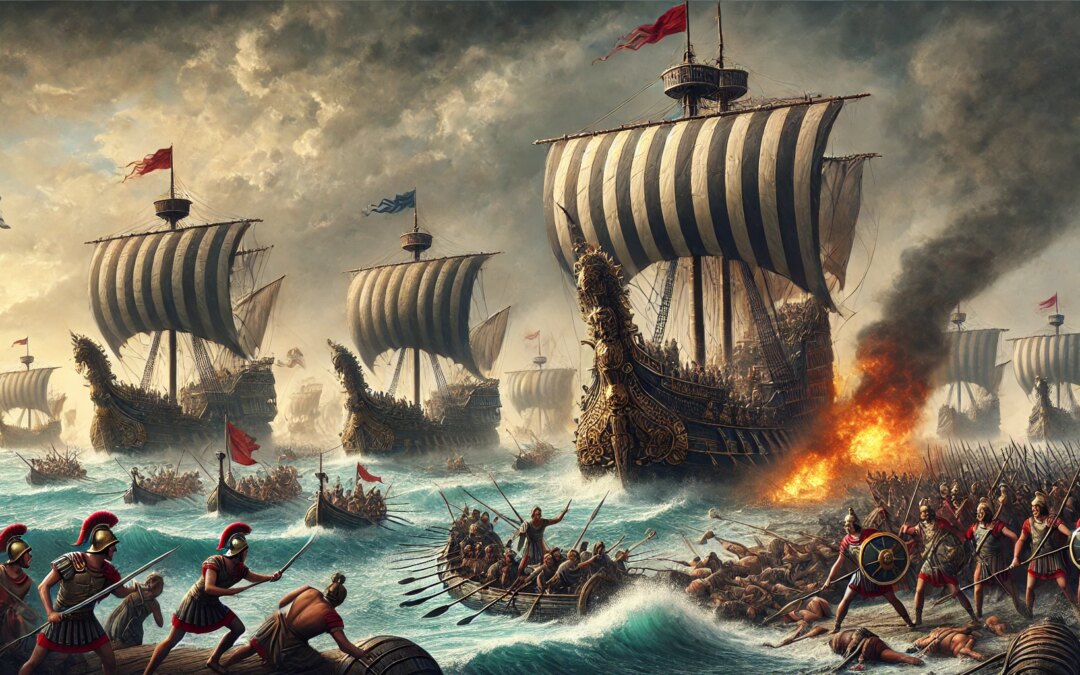
In 31 BCE, Octavian’s navy defeated Mark Antony and Cleopatra at Actium, sealing the fate of Rome’s Republic and ushering in the age of the Empire.
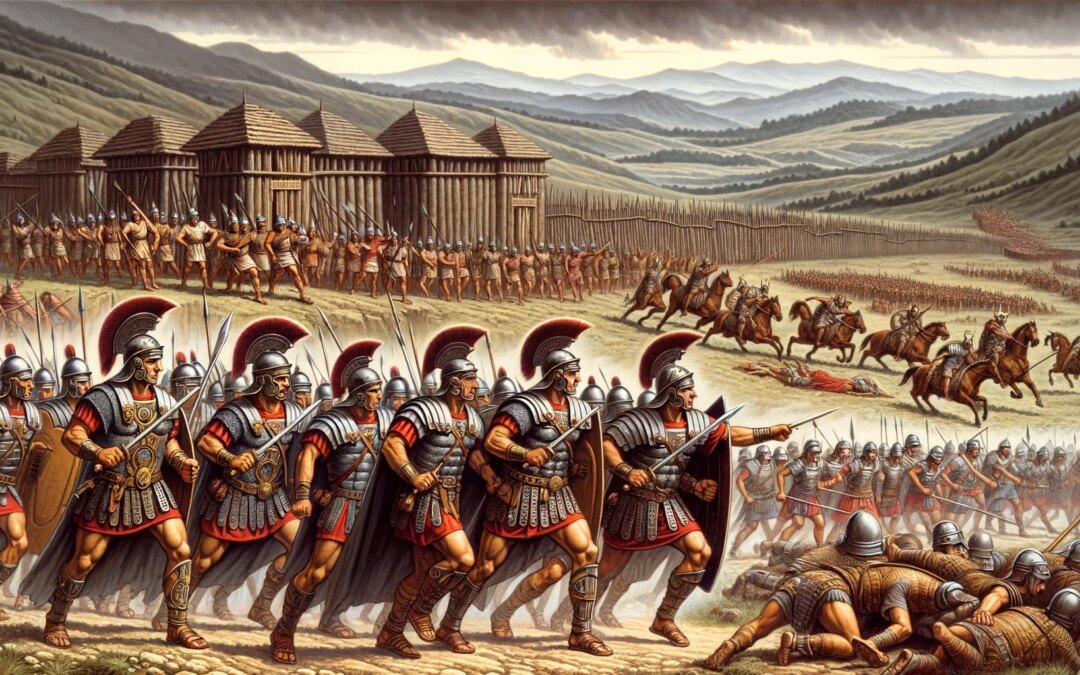
Emperor Trajan’s conquest of Dacia (101–106 AD) expanded Rome’s borders and secured vast resources, marking one of the empire’s greatest military triumphs.